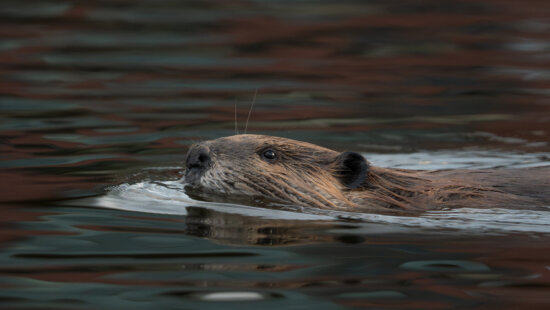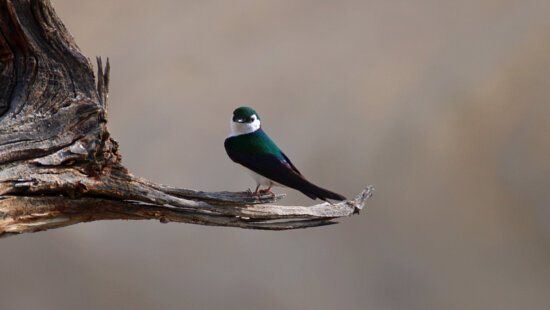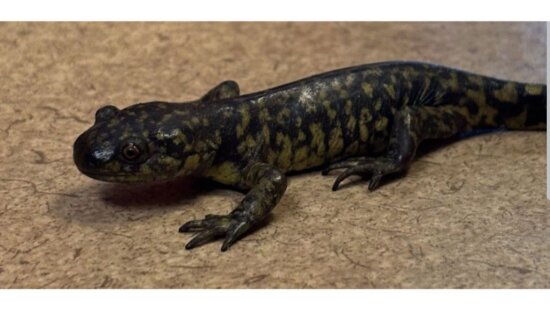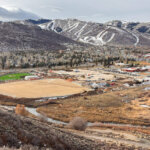Environment
Wild Wasatch: Curl-leaf Mountain Mahogany, Park City’s ancient evergreen

Curl-leaf mountain mahogany twists skyward on a sun-baked slope above Park City, its gnarled trunks revealing centuries of wind-sculpted endurance. Photo: Rebecca Brenner
PARK CITY, Utah — Park City’s slopes are home to the native curl-leaf mountain mahogany, an evergreen shrub that masquerades as a small tree and thrives in areas where few other plants can.
The U.S. Forest Service considers the curl-leaf mountain mahogany a remarkably long-lived species, with many stands harboring individuals that have weathered several centuries of Utah winters. U.S. Forest Researchers in Nevada’s Shoshone Range have identified the oldest confirmed individual at roughly 1,350 years, placing this tough rose-family member among North America’s longest-lived flowering plants.
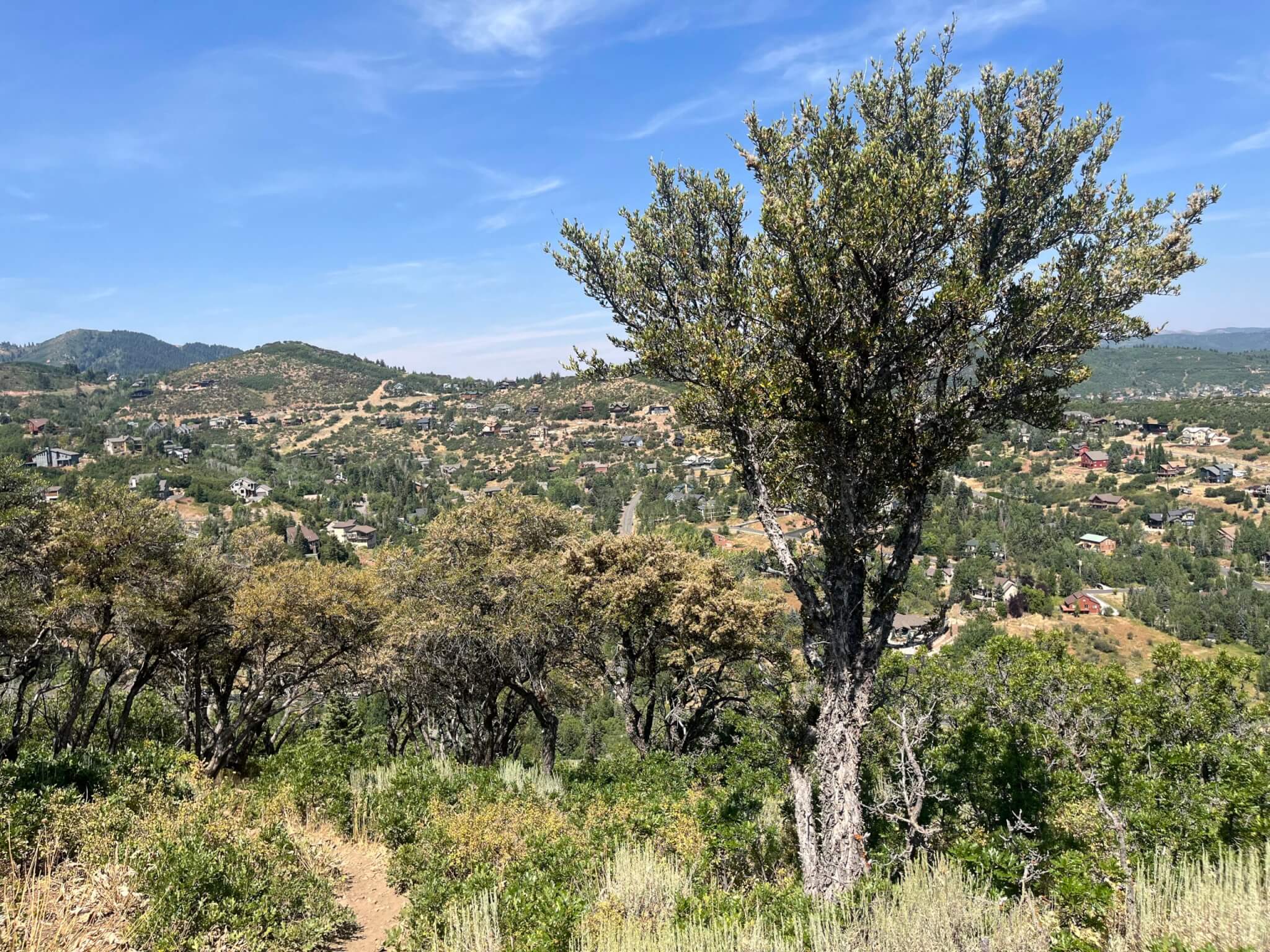
According to the Utah State University Range of Plants Extension, the curl‑leaf mountain mahogany typically grows as a multi‑stemmed shrub or small tree, ranging from about 3 to 15 feet tall, and in rare ideal conditions can reach up to 35 feet. It features leathery, glossy, dark green leaves, aromatic reddish-brown bark, and inconspicuous white flowers in early summer, transitioning to twisted, plume-tailed seed fruit in the fall.
Habitat and role in the Wasatch landscape
In the Wasatch Range and Summit County, curl‑leaf mahogany thrives on dry, rocky slopes and ridges and well-drained, sandy or coarse soils. It forms scattered groves, often co-occurring with sagebrush, pinyon‑juniper, and snowberry, according to the University. Researchers at the U.S. Forest Service’s Fire Effects Information System (FEIS) note that plant communities of this species are common in Utah’s Wasatch Plateaus and were historically limited by fire regimes, which, with the advent of fire suppression, have allowed the species to expand in some areas.
Ecology and wildlife connections
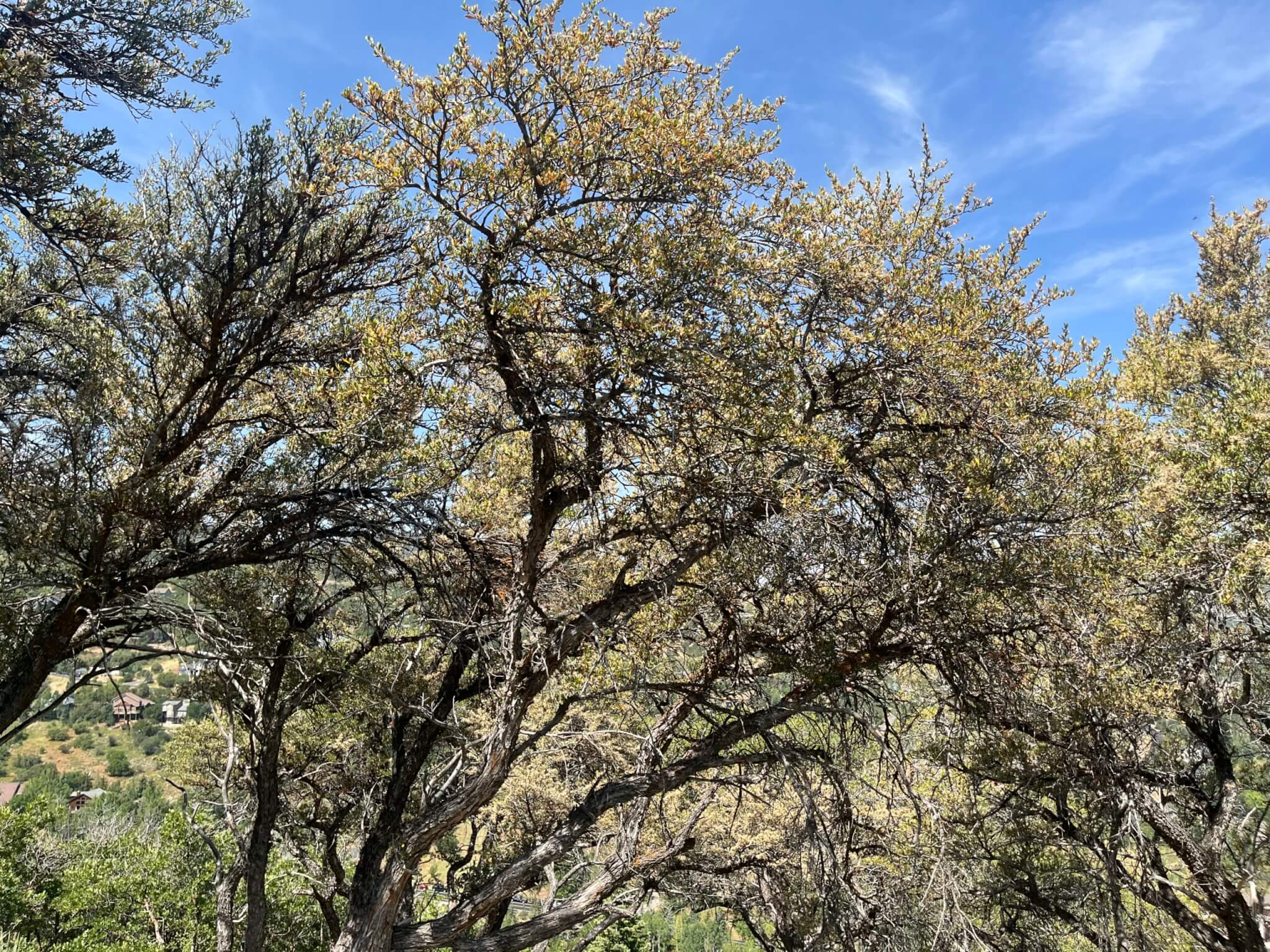
Utah State University Range of Plants Extension notes that though evergreen, curl‑leaf mahogany is shade-intolerant and regenerates slowly, often relying on disturbance—like fire—to open space for new seedlings.
Its foliage is highly palatable to wintering deer and elk, and provides both forage and cover in Utah’s high-country winter ranges, the U.S. Forest Service notes. Wildlife managers have cited its critical value among mule deer habitats in Utah, describing curl-leaf mahogany as having “the greatest palatability of any browse plant on mule deer range.”
Cultural and practical uses
The Natural History Museum of Utah notes that Native Americans, including the Goshute, Paiute, and Shoshone peoples, used the wood for bow making, boiled the bark for medicinal teas, and created a purple dye derived from its inner bark. The wood itself is highly dense and durable—so thick that it sinks and dulls chainsaws—and burns long and hot, making it a favored choice for firewood and smoking meats.
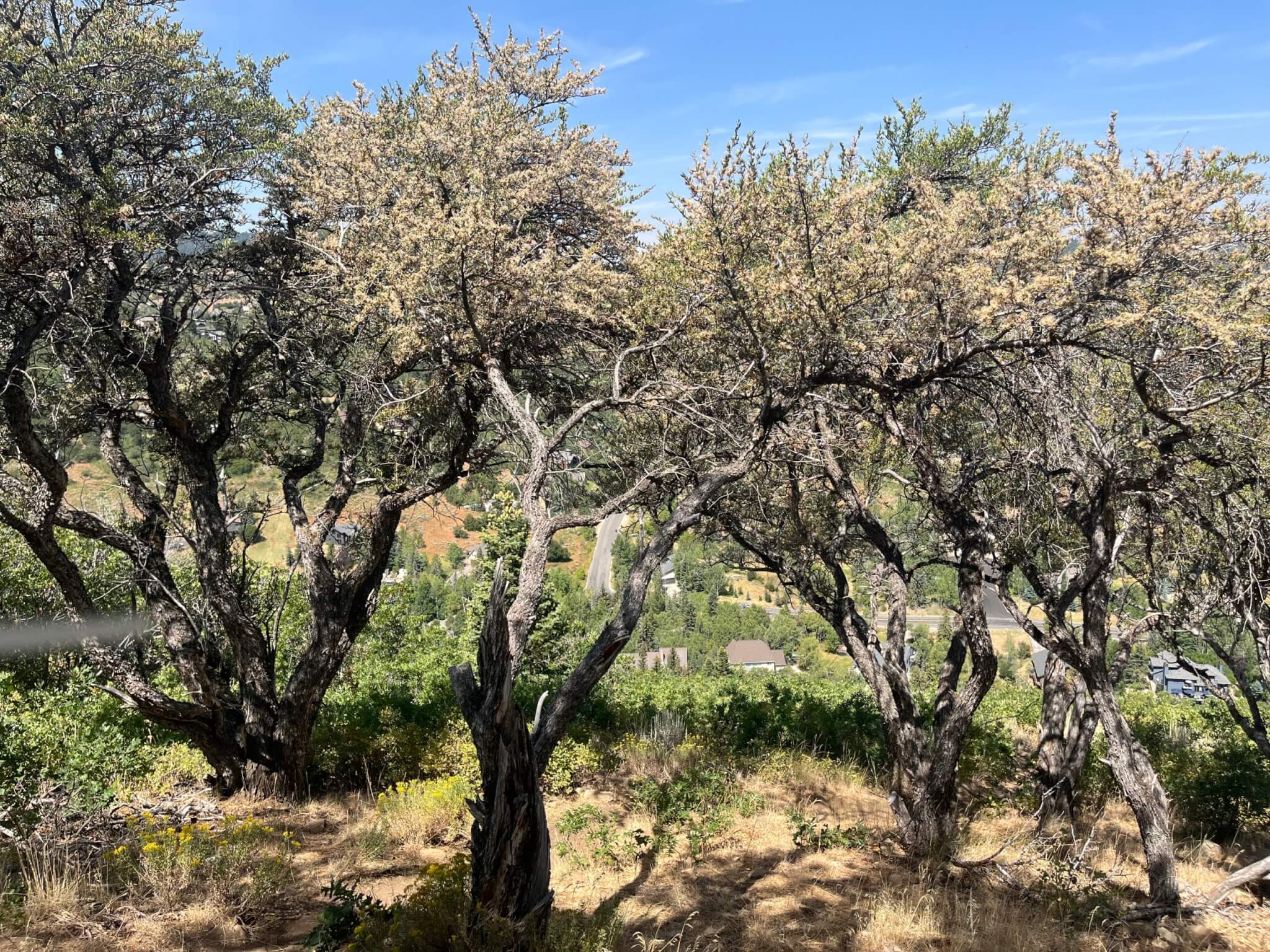
Today, the species is recognized for its excellent drought tolerance, nitrogen-fixing ability, and resistance to pests and disease, making it a prime candidate for sustainable landscaping in arid Utah settings.
Why Park City should notice
Though not as showy as firs or aspens, curl‑leaf mahogany is a quiet hero of our high mountain ecosystem. It thrives where other plants fail, provides winter forage, stabilizes soils, and fills ecological niches left behind by fire-suppressed landscapes. In a changing climate, its resilience and environmental utility make it both a sentinel and a survivor in Park City’s native shrublands.
Wild Wasatch showcases Park City’s everyday wilderness. Send your best nature photo or video to tips@townlift.com for a chance to be featured.

















